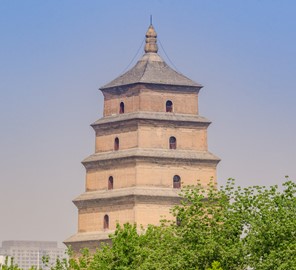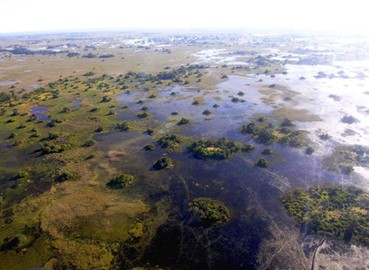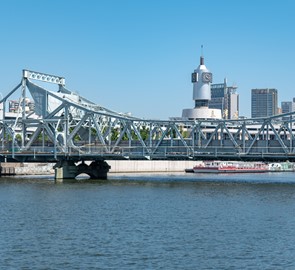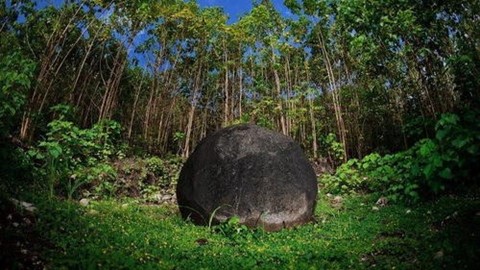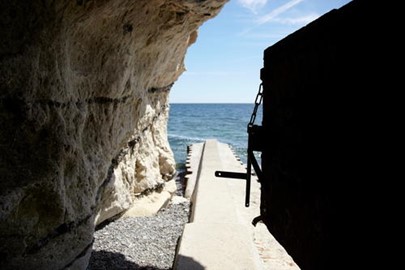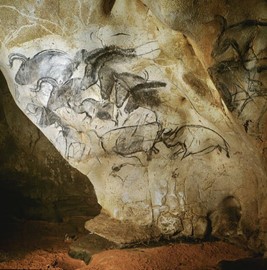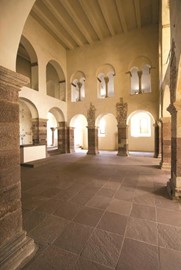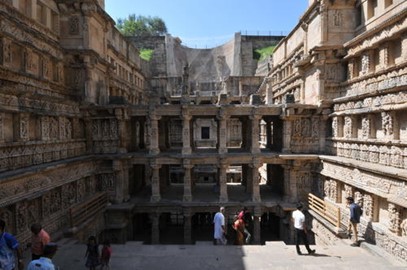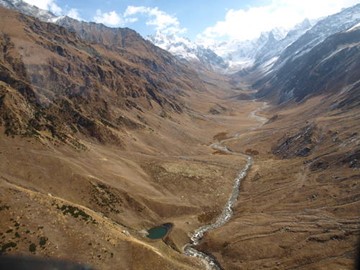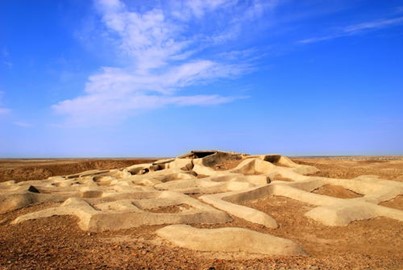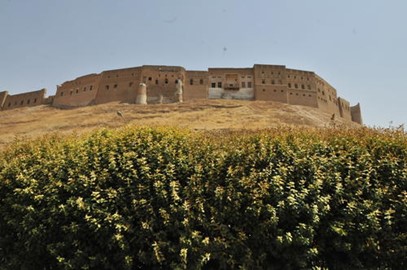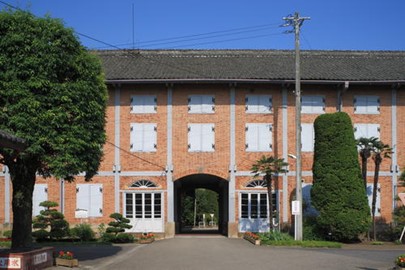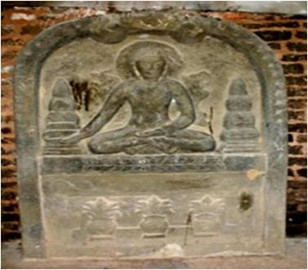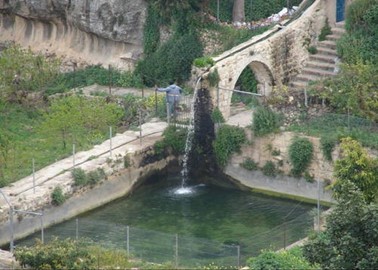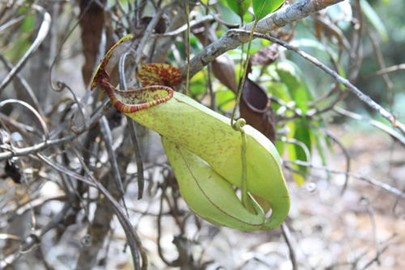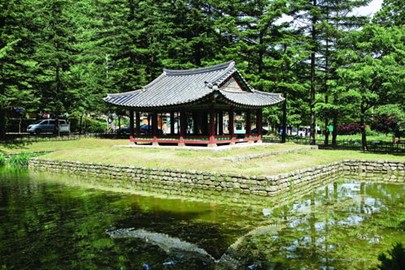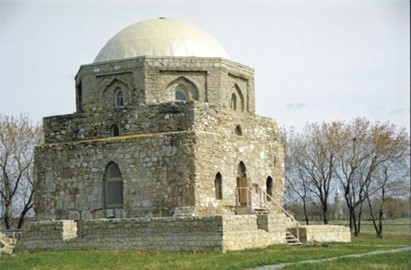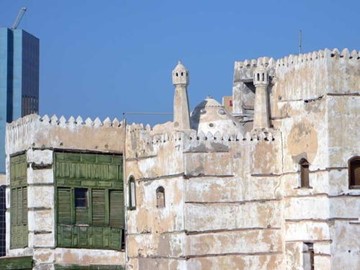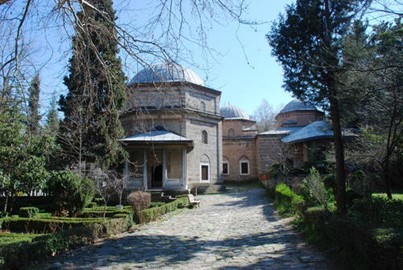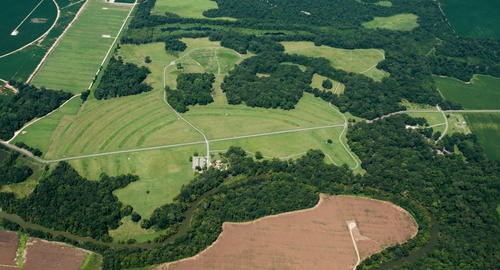year :: 2014
Qhapaq Ñan
Qhapaq Ñan, Andean Road System, a UNESCO World Heritage site in South America, recognized in 2014, is a vast Incan road network spanning six countries—Argentina, Bolivia, Chile, Colombia, Ecuador, and Peru—built from the 13th to 16th centuries. Stretching across mountains, valleys, and deserts, this engineering marvel linked communities, facilitated trade, and supported the Inca Empire’s administration with stone paths, bridges, and rest stops. This transnational site reflects South America’s pre-Columbian ... Read More
Silk Roads Chang'an Tianshan Corridor
Silk Roads, a UNESCO World Heritage site in China, Kazakhstan, and Kyrgyzstan, recognized in 2014, is a segment of the ancient trade network linking Chang’an-Tianshan corridors, active from the 2nd century BCE to the 16th century CE. Featuring 33 sites like caravan cities, Buddhist caves, and fortifications, it reflects the exchange of goods, ideas, and cultures across deserts and mountains. This transnational site showcases Central Asia’s pivotal role in connecting East and West, preserving a legacy of his... Read More
Okavango Delta
The Okavango Delta, a UNESCO World Heritage site in Botswana, is a vast inland wetland renowned for its exceptional biodiversity and unique ecosystem. Formed by the Okavango River spreading into a labyrinth of channels, lagoons, and islands, it supports diverse wildlife, including elephants, hippos, and rare birds. Inscribed by UNESCO in 2014, it’s one of the world’s largest freshwater deltas, offering a stunning natural spectacle. The delta remains a vital haven of Botswana’s ecological heritage.
Grand Canal
The Grand Canal, a UNESCO World Heritage site in China, is an ancient engineering marvel stretching over 1,700 kilometers, connecting major rivers and cities. Constructed starting in the 5th century BC and expanded over centuries, it served as a vital transportation and trade route, facilitating cultural exchange and economic growth. Today, this intricate system of waterways, bridges, and locks stands as a testament to human ingenuity and historical significance.
Stone Spheres of the Diquís
The Stone Spheres of the Diquís, a UNESCO World Heritage site in Costa Rica, are a collection of over 300 pre-Columbian stone spheres crafted by the Diquís culture between 500 and 1500 AD. Ranging from a few centimeters to over two meters in diameter, these nearly perfect spheres were likely used for ceremonial or astronomical purposes, though their exact significance remains a mystery. Discovered in the 1930s, they are made from granodiorite and other local stones, showcasing the advanced skill of their cr... Read More
Stevns Klint
Stevns Klint, a UNESCO World Heritage site in Denmark, is a striking chalk cliff renowned for its geological significance. It features one of the world’s best-preserved Cretaceous-Tertiary (K/T) boundaries, marked by a thin layer of fish clay that evidences a massive asteroid impact 66 million years ago, linked to the extinction of dinosaurs and over half of Earth’s species. The cliff’s rich fossil record offers a detailed glimpse into ancient marine ecosystems, making it a globally important natural landma... Read More
Decorated Cave of Pont d’Arc
The Decorated Cave of Pont d’Arc, a UNESCO World Heritage site in France, is a prehistoric marvel containing some of humanity’s oldest known art, dating back over 30,000 years. Discovered in 1994, its walls are adorned with vivid paintings of animals like horses, rhinos, and lions, crafted with remarkable skill. The cave’s natural archway and chambers enhance its mystique, preserving a fragile snapshot of Paleolithic life. Sealed for millennia, it offers unparalleled insight into early human creativity and ... Read More
Corvey Abbey
Corvey Abbey, a UNESCO World Heritage site in Germany, is a remarkable example of Carolingian architecture and history. Founded in 822 as a Benedictine monastery, it became a significant cultural and religious center during the Middle Ages. The abbey's well-preserved Westwerk, a monumental entrance structure, showcases intricate frescoes and is one of the few surviving examples of its kind from the 9th century. Its historical importance is further highlighted by its role in the spread of Christianity and it... Read More
Rani ki Vav
Rani-ki-Vav, a UNESCO World Heritage site in India, is an intricately designed stepwell built in the 11th century as a memorial to a king by his widowed queen. Renowned for its stunning architecture, it features seven levels of stairs adorned with over 500 detailed sculptures of Hindu deities and mythological scenes. Originally constructed to provide water during dry seasons, this subterranean marvel was later restored after being buried by floods for centuries. Today, it stands as a testament to ancient en... Read More
Great Himalayan
The Great Himalayan National Park, a UNESCO World Heritage site in India, is renowned for its breathtaking biodiversity and pristine natural landscapes. This protected area harbors a rich variety of flora and fauna, including rare and endangered species, thriving amidst diverse ecosystems ranging from alpine meadows to dense forests. Its recognition by UNESCO underscores its global significance for conservation and ecological research, offering a sanctuary for wildlife and a haven for nature enthusiasts.
Shahr i Sokhta
Shahr-i Sokhta, a UNESCO World Heritage site in Iran, is an ancient Bronze Age city renowned for its archaeological significance. This well-preserved desert settlement features mud-brick structures, intricate artifacts, and evidence of early urban planning, including a necropolis with diverse burial practices. It highlights advanced craftsmanship and trade networks from over 5,000 years ago, offering insights into one of the region's earliest civilizations.
Erbil Citadel
The Erbil Citadel, a UNESCO World Heritage site in Iraq, is a striking hilltop settlement with a history spanning over 6,000 years. This fortified mound features a dense cluster of traditional mud-brick houses, mosques, and historic structures, showcasing continuous human occupation since antiquity. Recognized for its cultural importance, it stands as a testament to ancient urban development in a challenging landscape.
Caves of Maresha and Bet Guvrin
The Caves of Maresha and Bet-Guvrin, a UNESCO World Heritage site in Israel, represent an extraordinary network of ancient underground chambers carved into soft chalk bedrock. This archaeological marvel includes hundreds of bell-shaped caves, originally quarried for building materials and later repurposed as homes, tombs, and places of worship across Hellenistic, Roman, and Byzantine eras. Renowned for their historical and cultural value, they offer a unique glimpse into the region's subterranean past and h... Read More
Vineyard Landscape of Piedmont
The Vineyard Landscape of Piedmont, a UNESCO World Heritage site in Italy, is renowned for its historic wine-growing region, showcasing a harmonious blend of nature and human ingenuity. This area features rolling hills covered with meticulously cultivated vineyards, dotted with charming villages, ancient castles, and Romanesque churches. The site reflects centuries of viticultural tradition, producing world-famous wines like Barolo and Barbaresco, and preserves a cultural landscape shaped by sustainable agr... Read More
Tomioka Silk Mill
The Tomioka Silk Mill, a UNESCO World Heritage site in Japan, is a well-preserved industrial complex from the late 19th century, symbolizing the country’s early modernization. Established in 1872, it introduced Western silk-reeling technology to boost Japan’s silk industry, featuring original brick buildings, machinery, and workers’ quarters. This site highlights Japan’s pivotal role in the global silk trade and its rapid technological advancement during the Meiji era.
Pyu Ancient Cities
The Pyu Ancient Cities, a UNESCO World Heritage site in Myanmar, encompass the archaeological remains of three major cities—Hanlin, Beikthano, and Sri Ksetra—flourishing between the 2nd century BCE and the 9th century CE. These cities showcase the Pyu civilization’s advanced urban planning, with impressive brick structures, stupas, and fortifications reflecting their architectural prowess and Buddhist influence. The site provides critical evidence of early Southeast Asian trade networks and cultural exchang... Read More
Van Nellefabriek
The Van Nellefabriek, a UNESCO World Heritage Site in the Netherlands, is an iconic example of 20th-century industrial architecture, built in the 1920s. Designed with steel and glass facades using the innovative curtain wall principle, it was conceived as an 'ideal factory' that prioritized daylight and open, adaptable workspaces to enhance working conditions. This modernist structure reflects the functionalist culture of the interwar period and highlights the Netherlands' historical role in processing and ... Read More
Battir
Battir, a UNESCO World Heritage site in Israel, is a village renowned for its ancient agricultural terraces and Roman-era irrigation system. Located southwest of Jerusalem, it features a stunning landscape of stone terraces, olive groves, and vineyards, sustained by a traditional water distribution network still maintained by local families. Inscribed in 2014, Battir exemplifies thousands of years of human ingenuity and cultural heritage, earning its status as a globally significant site.
Mount Hamiguitan
Mount Hamiguitan, a UNESCO World Heritage site in the Philippines, is renowned for its unique biodiversity and stunning natural landscapes. This protected sanctuary hosts a variety of rare and endemic species, including the Philippine eagle and the pitcher plant, thriving within its diverse ecosystems ranging from lowland forests to montane shrublands. The mountain's pygmy forest, one of the few in the world, adds to its ecological significance, making it a critical site for conservation and scientific stud... Read More
Namhansanseong
Namhansanseong, a UNESCO World Heritage site in Korea, is a historic mountain fortress renowned for its well-preserved 17th-century architecture and strategic design. Constructed during the Joseon Dynasty, it served as a temporary capital and military stronghold, blending natural terrain with defensive walls and gates. The site reflects Korea’s historical resilience and ingenuity, offering insights into its cultural and military heritage. Today, it stands as a testament to the nation’s past, attracting visi... Read More
Bolgar
Bolgar, a UNESCO World Heritage site in Russia, is an ancient city along the Volga River that served as a key political and cultural center from the 7th to 15th centuries. It preserves evidence of the Volga Bulgar civilization and the Golden Horde's first capital, showcasing medieval Muslim architecture and archaeological remains. The site reflects centuries of cultural exchange in Eurasia and remains a sacred pilgrimage destination for Tatar Muslims due to its historical adoption of Islam in 922 AD.
Jeddah
Jeddah, known as the Gate to Makkah, is a historic port city in Saudi Arabia recognized as a UNESCO World Heritage site for its rich cultural and architectural legacy. Its old town, Al-Balad, features centuries-old coral stone buildings, traditional souks, and ancient mosques, reflecting its role as a key trading hub and pilgrimage entry point. Today, Jeddah blends this heritage with modern developments, making it a vital cultural and economic center in the region.
Bursa and Cumalikizik
Bursa and Cumalıkızık, a UNESCO World Heritage site in Turkey, represent the birthplace of the Ottoman Empire, showcasing its early urban and rural development from the 14th century. Bursa features historic kulliyes—complexes with mosques, madrasahs, and tombs—built by the first Ottoman sultans, reflecting a unique city planning system tied to the waqf charity foundation. Cumalıkızık, a well-preserved village, offers a glimpse into traditional Ottoman rural life with its colorful, cobblestoned streets and a... Read More
Pergamon
Pergamon, a UNESCO World Heritage site in Turkey, is an ancient city renowned for its historical and cultural significance. Founded in the 3rd century BCE, it became a major center of Hellenistic civilization, boasting impressive structures like the steep theater, the Altar of Zeus, and one of the ancient world’s great libraries. The city later flourished under Roman rule, adding temples, aqueducts, and a renowned healing center, the Asklepieion. Today, its well-preserved ruins offer a glimpse into its past... Read More
Poverty Point
The Monumental Earthworks of Poverty Point, a UNESCO World Heritage Site in the USA, is a prehistoric complex built by a hunter-fisher-gatherer society between 1700 and 1100 B.C.E. It features five mounds, six concentric semi-elliptical ridges, and a central plaza, representing a remarkable feat of earthen construction unmatched in North America for over 2,000 years. This site, created without modern tools or agriculture, highlights the sophistication of its builders and their extensive trade network across... Read More

